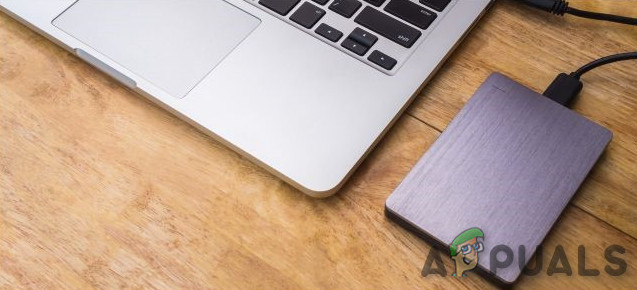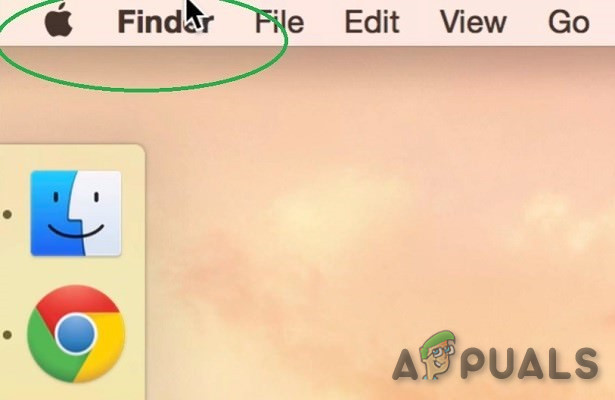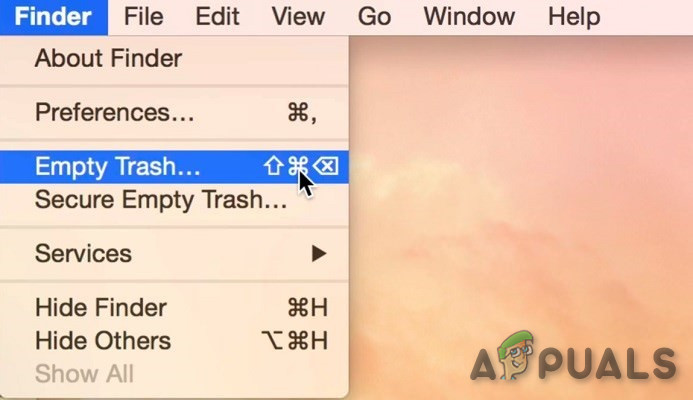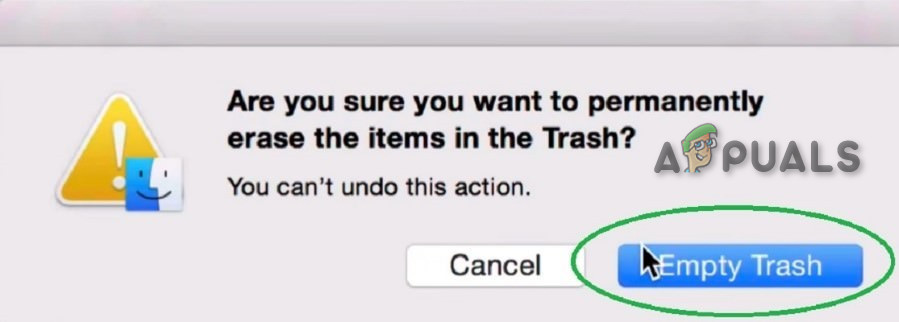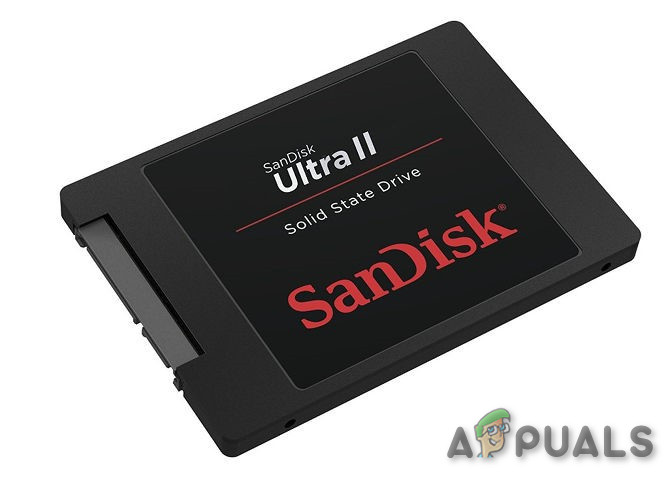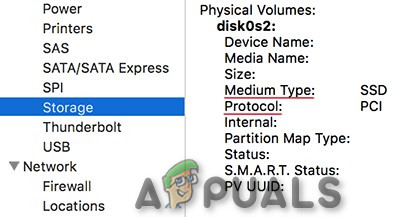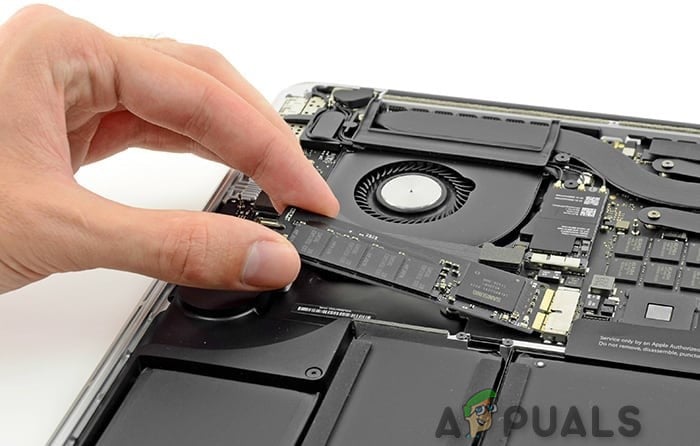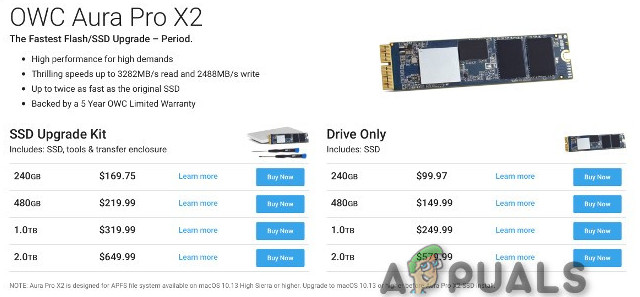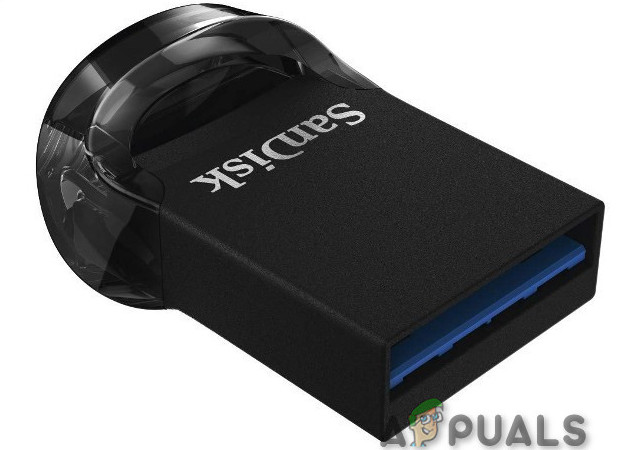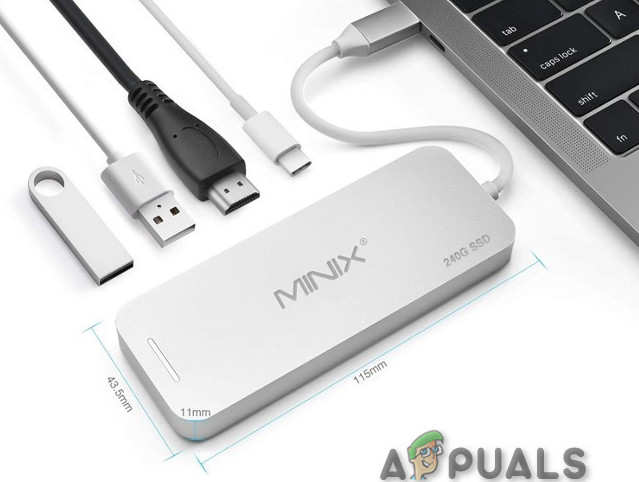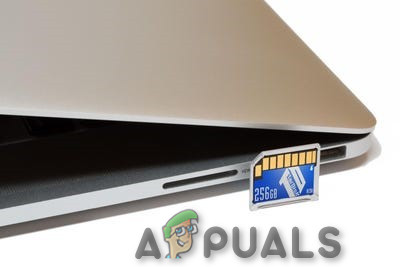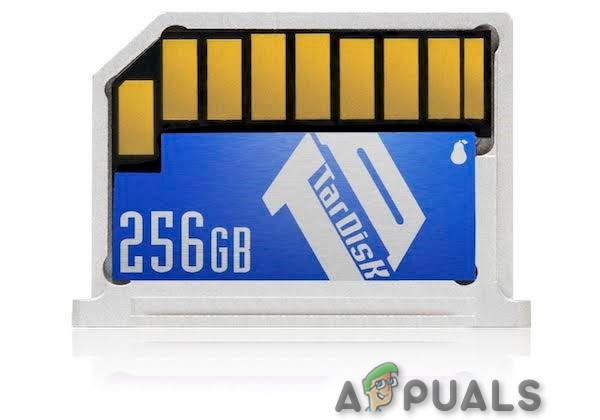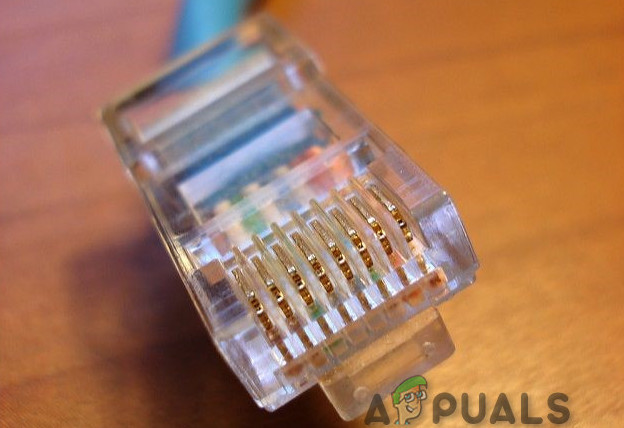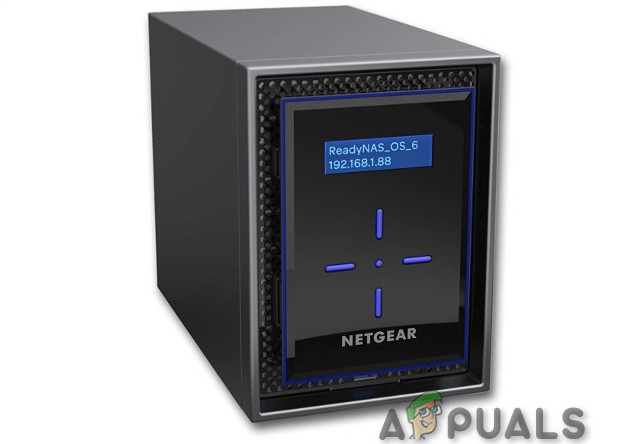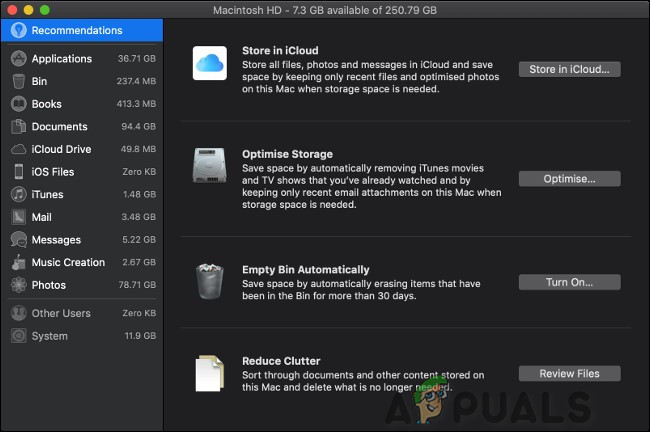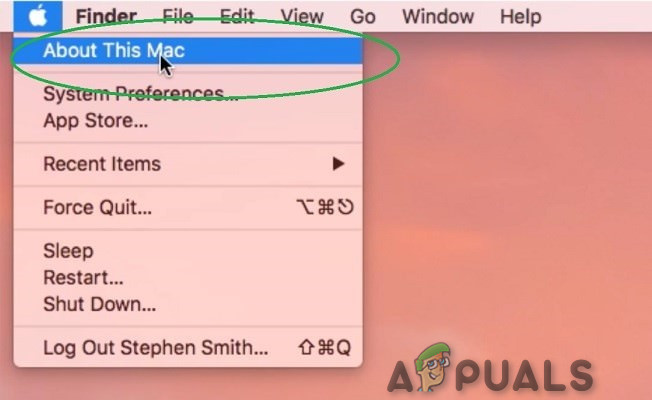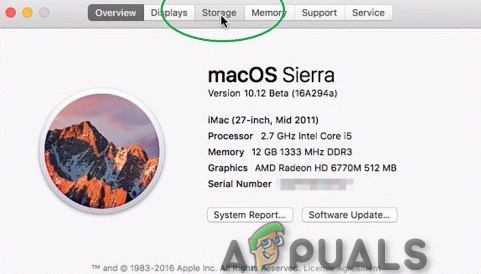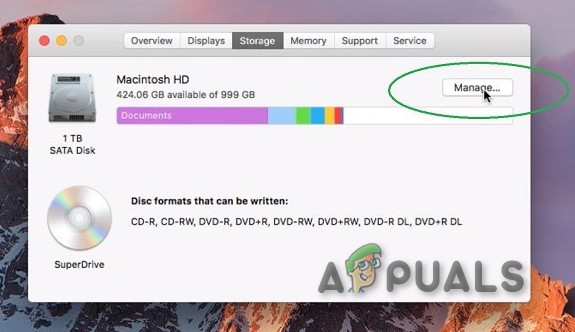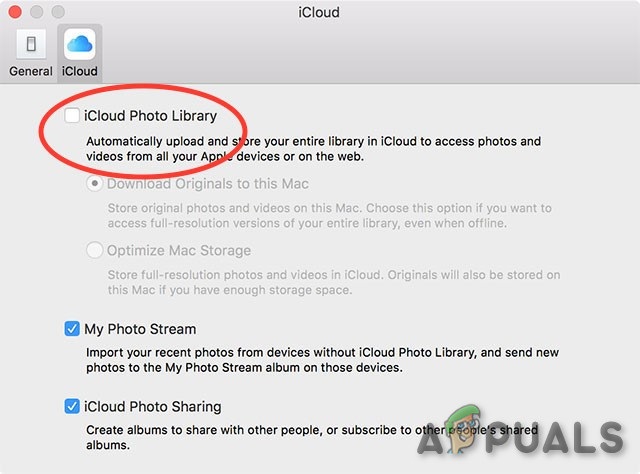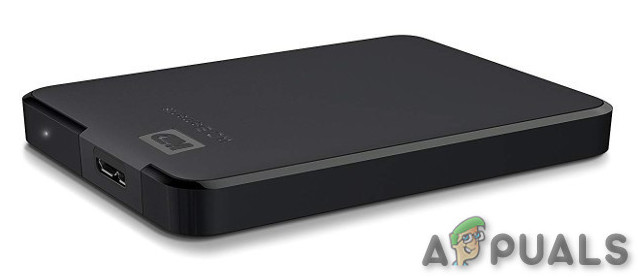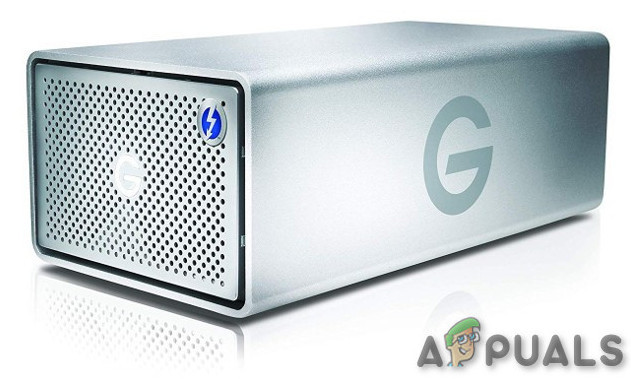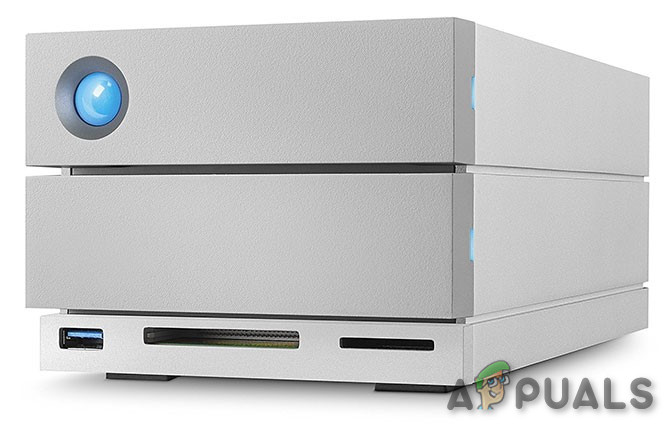As a MacBook user, at some point in time, you might even have considered replacing the standard HDD with an SSD just not because of storage, but because of speed as Solid-state drives are fast but SSD is an expensive piece of hardware. And high-capacity SSDs way more expensive, due to which many users in the first place opt for the bare minimum while purchasing a MacBook. Since Apple has started to make its products lighter & thinner, it has become significantly more difficult to upgrade. Moreover, Apple doesn’t encourage its users to replace internal components as well at home, and there is usually no after-purchase official support for hardware upgrades. But there are few reliable third-party manufacturers for alternative storage upgrade solutions for your Mac. Here are some of how you can get more space on the device you already own, and it isn’t always expensive.
Method 1: Clean Up Your Mac
Of course, the easiest way to create more space is to clean up the files on your MacBook. Apple provides all the tools you need to clear up gigabytes of space. Most of the time, your hard drive is just bogged down by files you’ve forgotten about, and applications you never use e.g. you can increase storage by clearing your trash
Method 2: Upgrade Internal SSD of MacBook
Perhaps the option most people would like to adopt is to expand the MacBook’s storage is to upgrade its SSD. But unfortunately, all MacBooks cannot be upgraded as Apple has changed the manufacturing process on its newest models. Before replacing your internal hard drive, you can consider backing up or cloning your original hard drive to the new one to make the upgrade process as seamless as possible. OS X’s built-in Disk Utility software can be used to clone your original hard drive. But check the following before moving on The attributes of The Medium Type & Protocol describe the type of internal storage implementation. However, the following models can be upgraded: Buying the biggest capacity, you can afford is recommended. Be cautious that upgrading the storage involves opening your laptop enclosure, and any warranty you have on the MacBook will be voided. If your model isn’t supported for a storage upgrade, then, unfortunately, you can’t upgrade the SSD and you have to rely on the other methods described later on. If you have a supported model, the easiest way to upgrade is to buy upgrade kits that include everything you need to upgrade your laptop’s storage. These include instructions and even video resources. You can see this guide on Instructables which applies to most Apple laptops, but it will not be the same for every model and there will be small differences in its implementation for each model. Some retailers, like Other World Computing, split their kits up by model and year, which makes it difficult to buy the wrong one. You can also purchase only the drive if you are not interested in their kit. Following things are required to perform a storage upgrade, You can also use the guides at iFixit. Search for your MacBook model, & there should be a complete guide with images to help. iFixit also sells tools to perform the storage up-gradation task and other maintenance. If you are jumping in this hassle, make sure the storage upgrade is worth it. If your Mac still has an optical drive, you might be able to upgrade your drive & add a second or third one if you replace the optical drive to create space. But consider whether the upgrade is worthwhile. You might be better off just buying a new MacBook. If you do buy a new MacBook, opt for a larger, solid-state drive rather than the bare minimum. You might wince at the cost, but you’ll be thankful for the years of use you get out of all that space.
1. Upgrading from rotational HDD to SSD
Most pre mid-2012 MacBook models used standard hard disk drives (HDD) for storage. If the Medium Type is Rotational in the Mac’s System Report, it means that the MacBook used a standard HDD. In the case of rotational HDD, upgrading to an SSD will give a significant performance boost to your MacBook. File write speeds on SSDs are about 4-5 times faster than conventional hard drives, while read speeds are also about 30% faster. Additionally, SSDs also consume less power, and hence more battery-friendly, compared to HDDs. Upgrading to SSD based storage from standard HDD is quite easy, as 2.5-inch SSDs of various capacities are readily available in the market. Kingston, OWC, SanDisk & even Samsung, manufacture SATA 2.5-inch SSDs that can replace the original MacBook HDD. 2.5-inch SSDs are compatible with the following MacBook models:
Any MacBook Air that has 4200 rpm HDD (2008)Any MacBook Pro that has 5400 rpm or 7200 rpm HDD (Pre-Mid 2012)
2. Upgrading flash storage on Mac
If the System Report of the MacBook shows Storage Medium Type is SSD, which means that MacBook has a flash-based storage drive. Although, you can upgrade the MacBook storage to a higher capacity SSD & may use the original one as a secondary storage device. But you have to confirm it is SATA based or PCIe based.
A. For SATA based SSDs
If the System Report of the MacBook shows Storage Medium Type is SSD & Protocol as SATA, the MacBook has a SATA based flash storage module. This type of storage is used in MacBook Pro models in most of 2012 to early 2013 that have Retina display. In the case of SATA, use the following upgrade method for your MacBook.
Transcend JetDrive
For MacBook models with SATA based flash storage, JetDrive from Transcend is an SSD solution. Up to 960 GB storage upgrade variants are available in JetDrive, but it depends upon the model of the MacBook. JetDrive along with an additional external enclosure is provided that can be used to keep the MacBook’s original flash drive secure & usable. The enclosure case converts the MacBook’s original flash storage into a portable thumb drive that is compatible with USB 3.0 compatible. Also, a USB 3.0 cable is provided, which ensures a faster read-write experience of MacBook’s original flash drive. Now you have two high-speed SSD flash drives, MacBook’s original flash drive as a portable external drive One and the Transcend JetDrive installed on your Mac. Step by step instructions on how to install the Transcend JetDrive is also provided. Following MacBook models are supported by the Transcend JetDrive SATA based flash drives:
JetDrive 500 supports Late-2010 to Mid-2011 MacBook Air 11” & 13”JetDrive 520 supports the Mid-2012 MacBook Air 11” & 13”JetDrive 720 supports Late-2012 to Early-2013 Retina MacBook Pro 13”JetDrive 725 supports Mid-2012 to Early-2013 Retina MacBook Pro 15”
B. For PCIe based SSDs
PCIe based flash storage is used in most of the latest MacBook models. If System Report of the MacBook shows SSD as Storage Medium Type & PCI as Protocol, then the MacBook is using a PCIe based flash storage. Some time ago, a storage upgrade for PCIe based flash was impossible. But recently, Other World Computing (OWC) announced its PCIe based flash storage upgrades.
OWC Aura
OWC introduced the OWC Aura, first SSD upgrades for PCIe based flash storage which is Designed for the mid-2013 or later MacBook Pro with Retina display and MacBook Air. Aura SSDs work reliably with the MacBook. The OWC Aura is delivered with a complete upgrade kit which consists of the Aura SSD, a USB 3.0 enclosure for MacBook’s original factory-installed SSD known as the Envoy Pro, a USB 3.0 connecting cable, a screwdriver which is Penta lobe compatible & a Torx T-5 screwdriver. The two screwdrivers in the kit are used to remove & replace all the applicable screws. Moreover, refer to free installation guides and videos that make the MacBook storage upgrade process simple & easy. All Mid 2013 & later MacBooks are supported by The OWC Aura PCIe based SSDs.
Method 3: Low Profile USB Drives
If your MacBook has USB Type-A connectors (the old USB standard, not the new reversible one), then you can use a low-profile USB drive to add storage. These small devices fit into a spare USB slot and protrude slightly from the side of your MacBook. They’re also one of the cheapest ways to increase your machine’s total storage. The SanDisk Ultra Fit is our pick. It has a speedy USB 3.1 interface that attains read speeds up to 130 MB per second. This isn’t high-speed storage, like the SSD in your MacBook, but it’s nifty enough to store documents & media. It comes in sizes up to 256 GB for around $70. USB Type-C MacBook owners are, unfortunately, out of luck. USB Type-A is a larger port, and manufacturers have been able to take advantage of the size to squeeze in flash memory. This results in a drive that looks more like a wireless dongle, and you can leave it attached to your MacBook at all times. Nothing quite like it exists in USB Type-C form—not yet, anyway.
Method 4: USB-C Hub with Integrated Storage
The newest MacBook Pro and Air models only come with USB Type-C connectors. This means you’ll likely need a hub to get access to a decent range of ports. So, why not get one with an integrated SSD? The Minix NEO is the world’s first USB Type-C hub that adds both ports and storage to your MacBook. Inside the hub is a 240 GB M.2 SSD, which supports read and write speeds of up to 400 MB per second. You also get four useful ports: one HDMI out with support for 4K at 30 Hz., two USB 3.0 Type-A, and one USB Type-C (which you can use to power your MacBook). Due to the shockproof nature of an SSD, you can throw the Minix NEO in your bag without worrying about damaging your data. The unit itself is small enough to be portable, but you might not want to leave it connected to your Mac all the time. You may attach the unit to the lid of the MacBook with adhesive strips.
Method 5: Add Storage with SD and MicroSD
If you’ve got an older MacBook with a memory card reader, you can also use SD or MicroSD cards to boost your Mac’s total storage. Just pick up an SD card and slot it into your Mac. To use MicroSD cards, you’ll also need an SD-to-MicroSD converter. This is a relatively cheap way to add, potentially, a lot of additional space. But these cards do suffer from the limited read and write speed issues as the USB-attached storage suffers.
Transcend’s JetDrive Lite
If you’re looking for a slightly more svelte solution, you might consider Transcend’s JetDrive Lite which is only compatible with some certain models of MacBook Pro and Air manufactured from 2012 & 2015, but Transcend’s JetDrive Lite sit perfectly flush against the Mac chassis. It is available in 128 GB & 256 GB configurations. Keep in mind that on the newest MacBooks that include an SD slot, the cards don’t sit flush. This means they’ll protrude from one side of your MacBook which is not ideal. A stray bump could cause damage to both the SD card & port. With a bit of care, though, an SD card can offer serious storage at a relatively affordable price. You’ll want to shop for a card that offers fast read and write speeds. After insertion, the JetDrive Lite will act like any other external storage device connected to the MacBook, & you can use it to store your favorite media & documents. Alternatively, you can also use it as a backup drive for Time Machine backups. JetDrive Lite comes in four different variants with storage capacities ranging from 64 GB to 256 GB, each meant for different MacBook models:
JetDrive Lite 130 supports Late-2012 to Early-2015 MacBook Air 13”JetDrive Lite 330 supports Late-2012 to Early-2015 MacBook Pro (Retina) 13”JetDrive Lite 350 supports Mid-2012 to Early-2013 MacBook Pro (RetinaJetDrive Lite 360 supports Mid-2012 to Mid-2015 MacBook Pro (Retina) 15”
External MicroSD Card Adapters
External microSD card adapters are a cheap solution for upgrading your MacBook storage. These adapters can be handy if you have a microSD card with decent storage capacity. The MiniDrive slides into the slot without any part sticking out unlike usual SD cards or microSD adapters that stick out of the MacBook’s SD Card slot. The adapter also comes with an accessory for removing the card from the MacBook. There are similar products from different companies, each of which comes in different variants based on specific MacBook models. So, buy the variant that is designed for your MacBook model. Incompatible models may not fit properly into the MacBook’s SD card slot, which in turn will affect the performance or even cause damage to the MacBook or product.
Method 6: Fusion drives
We did have talked about SD Cards above but TarDisk takes the concept to another level. Instead of acting as a separate drive, like a flash drive or external hard drive, the TarDisk merges with your existing hard drive to create one volume. This comes from Apple’s technology; since 2012, Apple has offered “Fusion drives,” which are a traditional hard drive & SSD stuck together. This comes with its own set of pros and cons. On the one hand, you’ll never have to worry about wondering where your files are. They’ll all be on a single drive. On the other hand, this process is meant to be a permanent upgrade — you can’t pop the TarDisk in and out of your MacBook whenever you want. In the installation process this is made explicitly clear and in the TarDisk’s instructions. If you don’t use your SD card slot at all, you won’t have to worry about this at all, but those who do might want to consider another option. After you insert the TarDisk into the MacBook, a pairing installation button will appear on the system. There are a few different boxes you have to check to get through the installer, but again, these are to make sure you know the process is permanent and make sure to check that the Time Machine backup is in place, if something goes wrong. After you’re done with the dialogue boxes, the pairing process begins. It may take a little while, but that’s expected because of how much stuff was on the hard drive and the size of the TarDisk being used. Upon completion, the computer restarts and the hard drive icon turned from silver to gold. Check the size of the hard drive in Disk Utility to see if it is increased by the correct amount. SD card’s read speed is slower than an internal SSD’s but Tardisk says that, because of data caching, the TarDisk can maintain near SSD speeds. The Tardisk is the best choice if you want the most sophisticated SD Card storage upgrade for a MacBook or feel uncomfortable opening up the MacBook in installing a bigger SSD. Keep in mind this upgrade is permanent, & do not forget to make a local backup before you install TarDisk.
Method 7: Network-Attached Storage
Network-attached storage is ideal for people who rarely venture outside their home or work network. You can configure a NAS drive to be shared across the network, or you can use another Mac or Windows PC that has free space. Once you configure it, you can even back up your MacBook via Time Machine to a network location. However, if you go out of your network’s range, your storage is unavailable unless you have a solution that supports access over the cloud. This might not be an issue if you use it to store rarely-accessed files and archives, but it’s not ideal for your Photos or iTunes library. The speed of your network limits your network storage. Things get significantly slower if you use a wireless connection. For best results, make sure your network drive (or shared computer) uses a wired connection to your router and, if possible, to your MacBook, too. A wired network will provide the most reliable speeds, though this caps out at 10Gb/sec from Cat 6 cable on the fastest network equipment you can buy. You can buy a bare-bones NAS drive, like the Netgear ReadyNAS RN422, and then purchase hard drives separately, or you can opt for a ready-to-go solution, like the Western Digital My Cloud EX2. Many modern NAS drives also support cloud-based access to your files. To reliably access a network drive, you have to map it in Finder. And You should be able to select it as a location whenever you save or open files, too. Also, If you have another Mac and want to share its drive over the network, follow these steps: You can also click “Options” to specify whether to use AFP (Apple’s protocol), SMB (Windows equivalent), or both.
Method 8: Store Data in the Cloud
Online Cloud storage is another option to store data which is nowadays baked into macOS. Apple’s “Store in iCloud” setting uses available iCloud space to take the strain off your Mac. When you store files you rarely access to the cloud, you have more space on your Mac for the things you use regularly. All of This will work automatically, so you should have a certain degree of faith in macOS. Files stored in the cloud appear on your computer as if they’re still there. To access these files, your computer downloads them from iCloud. How long this takes depends on the speed of your internet connection and the size of the file. If you can’t access a reliable internet connection, you won’t be able to get any of your files stored in the cloud. To enable this setting, follow these steps: macOS analyzes your disk and attempts to save space. To get an idea of which files your system might move, click the “Documents” section in the sidebar. This shows you a list of large documents on your Mac, and when you last accessed them. To make proper use of iCloud storage, you’ll likely have to purchase some space as only 5 GB is offered as free. If your cloud storage space starts to dwindle, you can add more or you can free up some. But keep in mind that this is a slow solution that requires an ongoing subscription, but features like iCloud Photo Library and macOS’ Optimize Storage feature can help bridge the gap between convenience and practicality.
Method 9: Third-Party Cloud Storage
You don’t want to use Apple’s cloud servers. If you just need to offload some files to free up some space on your machine, any old cloud storage service will do. Here are a few services that can be considered: The biggest consideration for using the cloud service as a storage device is your internet speed. Any type of bandwidth restriction or slow shared networks can also be an issue that has to be considered. You may have to purchase additional storage to make cloud service work for you.
Method 10: External Storage
If you need space, are limited by budget, and don’t mind carrying a bit of extra weight with you, then a good old-fashioned external drive is the answer. Keep in mind though, you might not get the same level of performance and speed boost as the Internal storage replacement. That being said, these external storage upgrades provide decent read-write speeds and are ideal for expanding the storage available on your Mac, particularly when you’re running out of free space. External Hard Drives You may already have an external hard drive and are handy for backing up your Mac. The backup disk can also be partitioned & used as a regular drive too. These drives are cheap storage accessories that offer high capacities & are much smaller in size than they once were. Also, these drivers no longer require separate power supplies. These drives are still fragile & slow although their price & physical size has declined in the past years. These drives still use the arm & platter arrangement, and as a result, these Disks need time to “spin up” & are prone to mechanical failure. These External hard drives may fail if gone through drops. These drives occupy one of the USB ports which are already very limited on a MacBook. On the latest MacBook, you will probably need a USB-C adapter too. Storing data on external drives works well in certain situations. These drives may be used to hold large media files that aren’t part of your important data, archived documents, project files, RAW photos, backups, libraries, and disk images. While the iTunes library can span across multiple volumes using an application like TuneSpan, but it can’t be done for the same for your photos library which keeps expanding without moving the whole thing. Western Digital’s Elements USB 3.0 drive which is basic will work for the most external storage needs. But make sure your external storage drive is at least USB 3.0. It is the best idea to keep your external drive for only archives, backups, & home use.
External SSDs
If you don’t mind plugging in an external drive to expand your available storage, external Solid-State Drives are also a good option. A lot of companies manufacture external SSDs with different storage capacities, most commonly the 256 GB, 500 GB and 1TB variants are being used. To utilize your SSD up to its full potential, ensure that the SSD either uses Thunderbolt (which supports data transfer speeds up to 20 GB/s) and/or USB 3.0 (which supports data transfer speeds up to 5 GB/s) interface. Most external SSDs usually record maximum read-write speeds at around 450-500 MB/s, which is much lower than the maximum read-write speed supported by USB 3.0/3.1 Solid-state drives are superior to hard disk drives in both speed and reliability. They have no moving parts and, thus, aren’t susceptible to mechanical breakdown. Their superior read and write speeds are limited only by the speed of the connection to your computer. There are two drawbacks to an external SSD: capacity and price. SSD storage is still relatively expensive compared to traditional HDDs. You’ll likely pay double the price of an HDD, and the higher-capacity drives are much more expensive. But SSDs are smaller, faster, and much more reliable. Solutions like the SanDisk Extreme Portable SSD fit in a pocket and are rugged enough to swing from your bag. The Corsair Flash Voyager GTX offers the benefits of SSD storage in a more traditional “flash drive” form.
Method 11: External RAID Array
RAID is a technology that allows you to connect multiple hard drives. This allows you to do things like merge multiple drives into a single volume, which provides faster read and write speeds since you can access multiple drives simultaneously. You can also use RAID as a rock-solid backup solution, to mirror one (or multiple) drives to another. This allows you to swap out any drives that fail. This is an expensive way to add storage, and it’s also bulky. You can’t carry a RAID enclosure in your bag (not comfortably, at least), so it’s only a solution for a desktop. However, the benefits include the flexibility of a RAID system and high-speed access. If you decide to get a RAID enclosure, make sure you choose one with a Thunderbolt interface (ideally, Thunderbolt 3). This provides the fastest speeds possible (up to 40 GB per second) of any external connection. Like NAS drives, RAID enclosures come diskless, like the Akitio Thunder3 RAID, or in ready-to-go units, like the G-Technology G-RAID. Thunderbolt is an ultra-fast interface developed by Intel & Apple. It’s not passive USB standard, in spite, it is an active cable, as a result, it can have much more bandwidth, which makes it the perfect candidate for transferring/accessing files on an external storage drive. RAIDs usually use two or more drives as a flexible storage solution. RAID is used to create a failsafe mirror of all the files, combine several drives into a single one, & increase read-write times by storing parts of files on different volumes. Some systems are delivered with drives. While other systems come with just the arrays and the user has to allow you to source the drives himself. A new breed of an external drive is created by combining Thunderbolt & RAID. This consists of multiple bays of several full-sized hard drives. If you are not limited by finances, the best option is to throw a few solid-state drives in it. Most of these are plug & play, having a huge amount of storage. Unfortunately, it’s the most expensive option on the list. Thunderbolt RAID systems also have to live on your desk, since they’re much larger than portable external drives and you cannot lift them, at least not easily.
More Storage Space on Your MacBook
Next time when you purchase a new MacBook or any other laptop go for the maximum storage that is affordable. You may get lured by saving some money, but in that case, you may end up spending half of your laptop’s lifetime shuffling files around & running out of space.
Apple M2 SoC Now Rumored to Debut on Refreshed MacBook Air and MacBook Pro Later…How to Manage your Storage Arrays in Storage Resource Monitor?How to Monitor your Storage Resources using Storage Resource Monitor?How to Fix TWRP Unable to Mount Storage, Internal Storage 0MB
